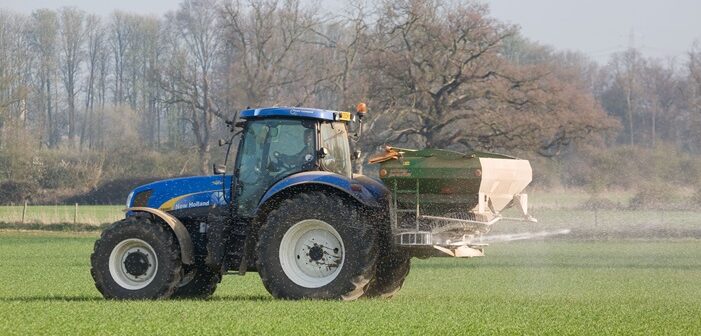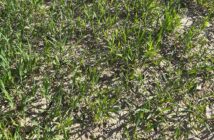Procam is reminding growers of the need to manage soil phosphate levels more efficiently.
According to ProCam’s Rob Adamson, balancing crop requirements for nitrogen with the environmental risks of nitrate run-off and protecting nitrate vulnerable zones have long been key drivers for more efficient use of nitrogen.
But water pollution from phosphate (P) is of equal concern – especially with increasingly variable UK weather – so ProCam is actively investigating alternative strategies to help mitigate risks, while ensuring a crop is sufficiently nourished, he explains.
“ProCam encourages making better use of soil analysis to not only gain information on the levels of P in the soil but also the amount available to the plant,” says Rob. “With this knowledge, decisions can then be made to better harvest soil reserves of P, or target areas where crop P requirements are potentially higher than anticipated.
“Strategies can involve the use of cover and companion crops to aid mobilisation of this essential macro nutrient, and the use of chemical and biological solutions. For example, a soil-applied treatment to liberate more of the soil’s P reserves and make more available to the plant can be a key tool to reduce the need for additional P inputs.”
Rob notes precision farming technology to align P applications more effectively to the P index variability across a field is also invaluable. Products like FieldSense ensure growers can target applications where they’re most needed. Other techniques include tissue testing to benchmark success through the season.
“The overall aims are to help farmers use P more judiciously and achieve environmental gains while maintaining or even improving economic crop output,” he adds.
This will be a key focus for the company’s Groundswell exhibition, along with cover and companion crops.




